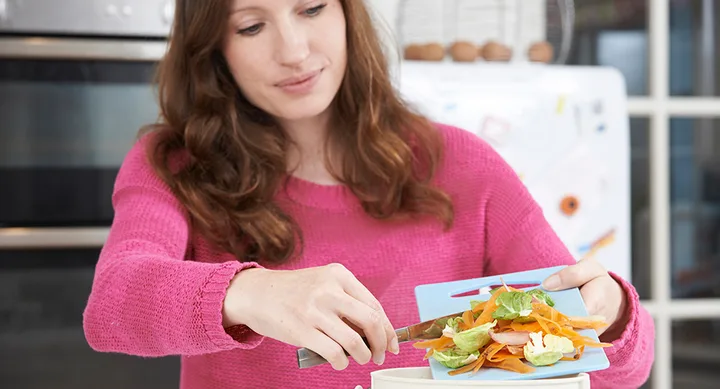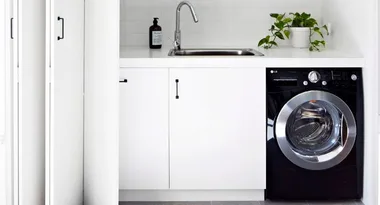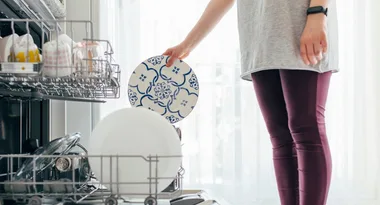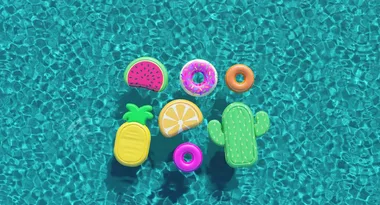Composting is an easy way to make sure your food scraps are going back into the environment in the best possible way.
WATCH: MAKE YOUR OWN BENCHTOP COMPOST BIN
If you have any sized garden, it’ll love your home-made compost as it is rich in nutrients and one of the best soil conditioners you can find. And even if you don’t have a garden, most Australian councils will appreciate it if you compost your kitchen scraps for disposal in council green bins, check your council website for more information.
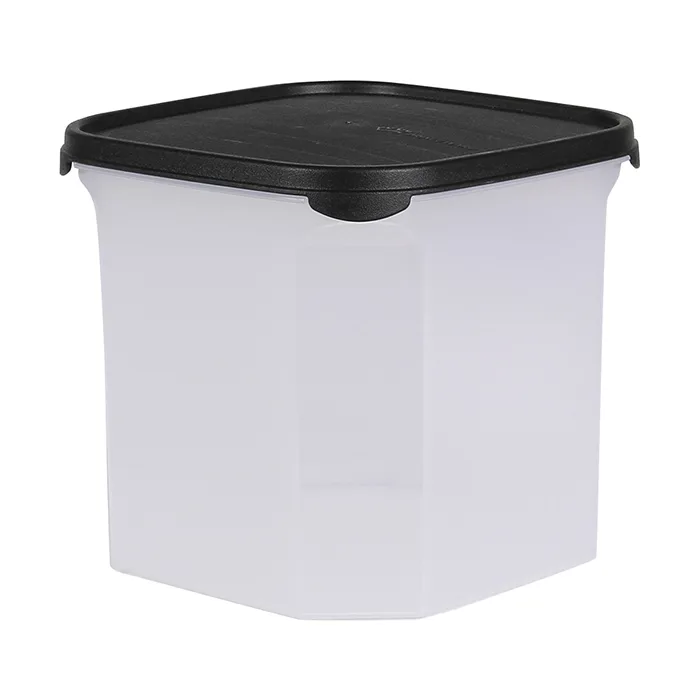
Find the right container
First things first make sure you have the right container for this project that will hold a few litres of compost but won’t take up too much space in the kitchen. The most important thing is that you have a tight-fitting lid that will keep out ants, cockroaches, rodents and other pests. This dry food storage container from K-Mart is perfect but ultimately what container you use is up to you and your décor, just make sure that lid fits tight.
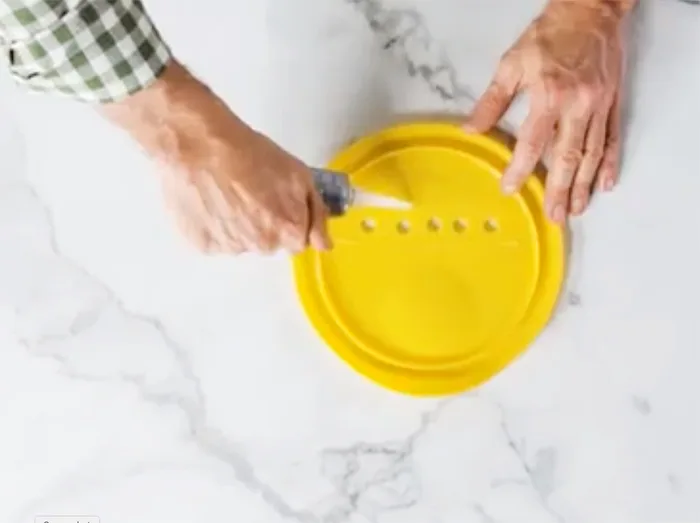
Get handy
You’ll need a drill, a strip of nylon screen or even fly wire and a glue gun. Drill five holes, evenly spaced, in the lid. Glue the screen to the underside of the lid making sure that there are no gaps for pests to get through and let the glue dry. To ready your container for composting simply put a layer of dirt in the bottom, followed by some newspaper and you’re ready to go.

Time to compost
Every time you’re cooking, juicing vegetables or even pruning flowers this waste can go into your compost bin instead of the general rubbish, make sure to give it a stir once a week to aerate the mixture. Avoid adding meat, bread or dairy as this will cause your compost to smell. If your compost gets a little too wet it may get a little stinky but you can combat this by simply tearing up some newspaper and adding it to the mix. When the bin is getting full simply empty in your council green bin or your garden compost pile. No more need for toxic fertilisers!
